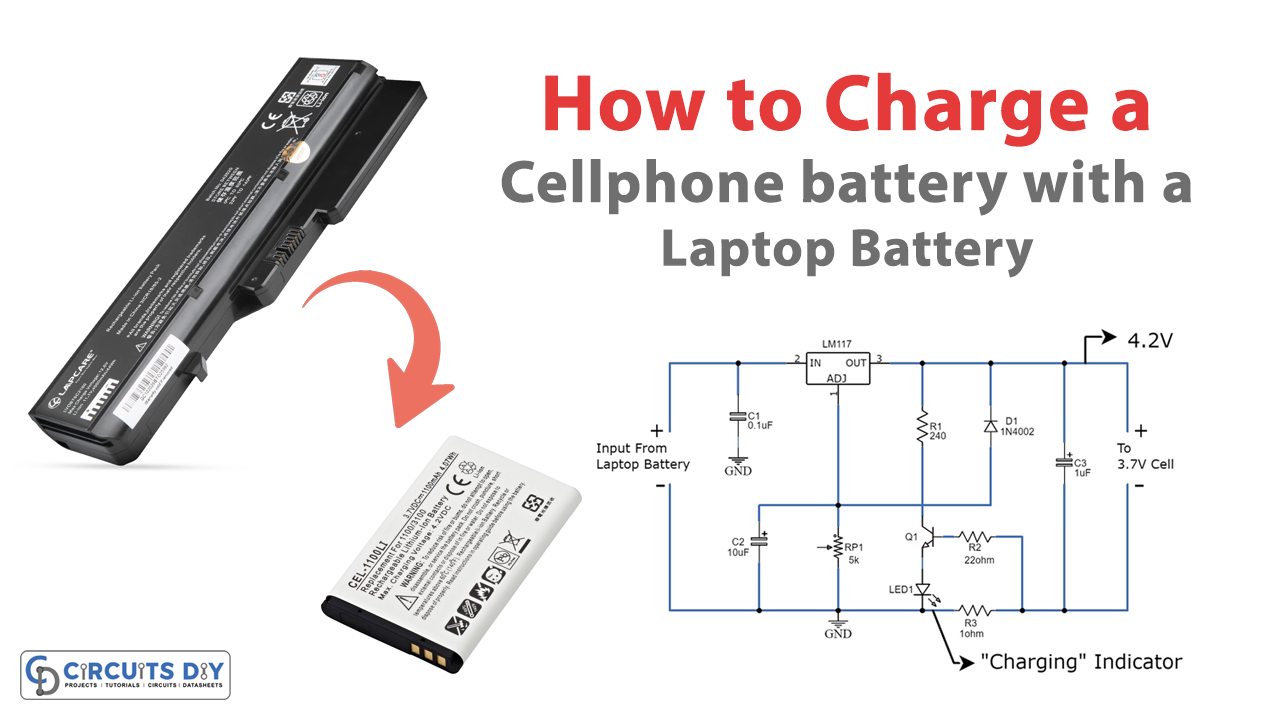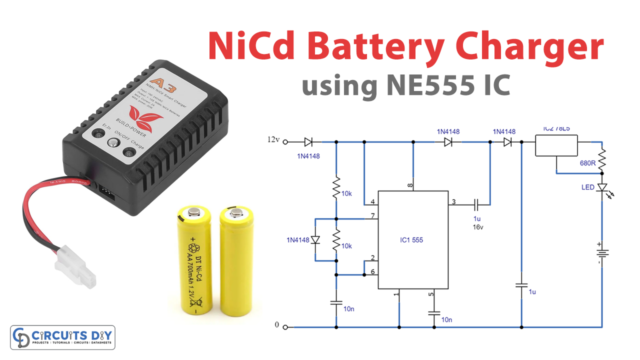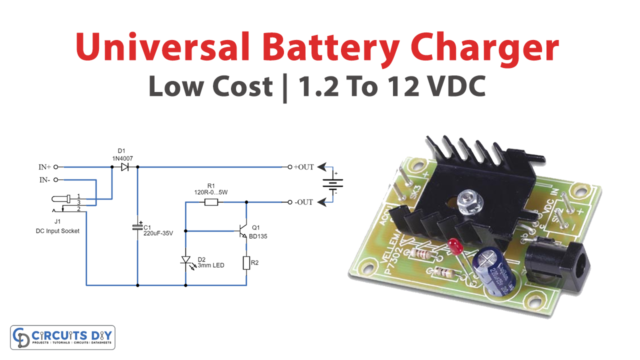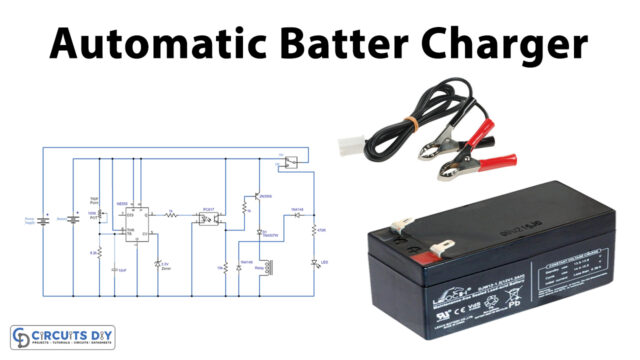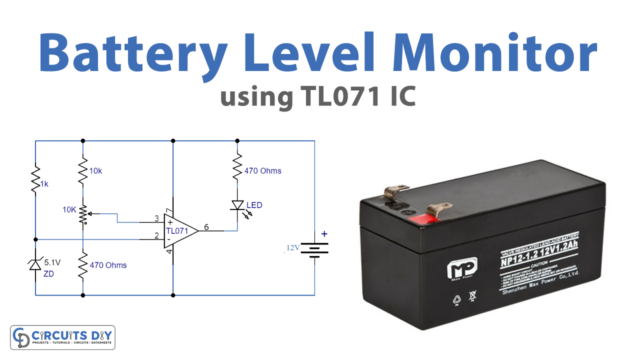Introduction
As we rely heavily on our mobile devices for communication, entertainment, and even work, running out of battery can be frustrating. What if you’re stuck without access to a power outlet, but your laptop battery still has some juice left? Fortunately, you can use a simple circuit to charge your cellphone with your laptop battery.
In this article, we’ll explore how to create an LM317 voltage regulator circuit that we can use to charge a cellphone battery quickly and easily. With this knowledge, you’ll never have to worry about running out of battery again.
Hardware Required
| S.no | Components | Value | Qty |
|---|---|---|---|
| 1 | IC | LM117 | 1 |
| 2 | Capacitor | 0.1, 10uF, 1uF | 3 |
| 3 | Resistor | 1, 22, 240ohm | 1, 1, 1 |
| 4 | Diode | 1N4002 | 1 |
| 5 | Polar Capacitor | 10uF | 1 |
Circuit Diagram
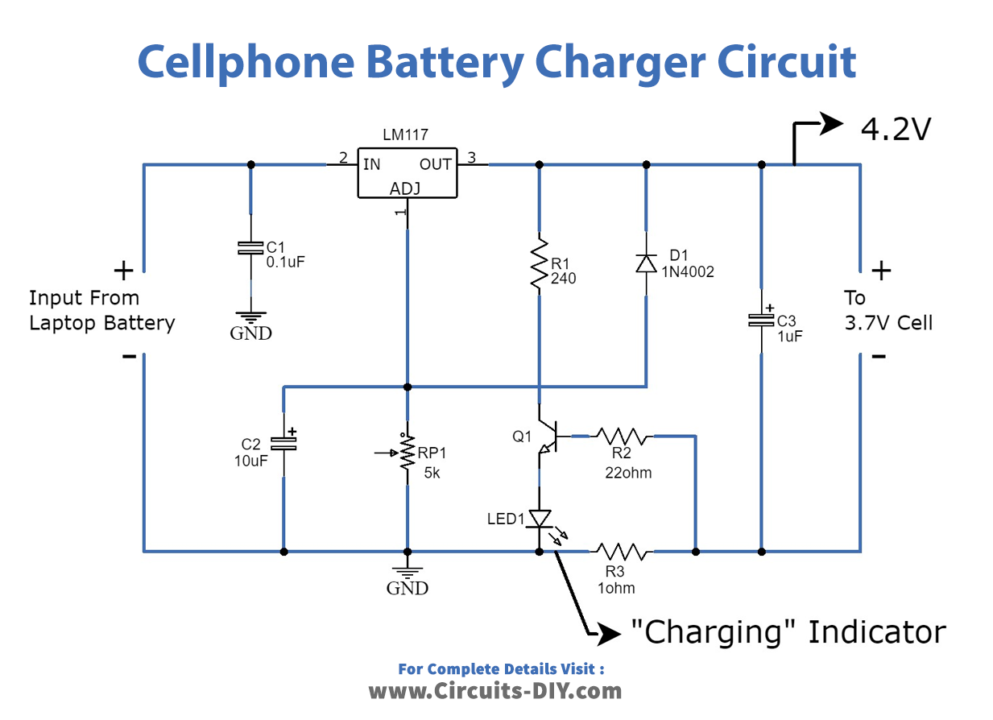
How the Circuit Works
We create a voltage regulator circuit using the LM317 IC. This IC is a three-terminal positive voltage regulator that can output a fixed or adjustable voltage up to 1.5A. We will use it to regulate the laptop battery’s voltage to a level suitable for charging a cellphone battery. The potentiometer (R2) adjusts the output voltage to 4.2V, the ideal voltage for charging a 3.7V cellphone battery.
Once we construct the circuit, we can connect the laptop battery to the input of the circuit and the cellphone battery to the output of the circuit. The LED will light up when the cellphone battery is being charged and will turn off when the battery is fully charged. It’s important to note that you should turn off the power to the cellphone battery once the LED starts to turn off to prevent overcharging and damage to the battery.
Conclusion
In conclusion, by creating an LM317 voltage regulator circuit and regulating its output voltage to 4.2V, we can easily charge a cellphone battery with a laptop battery. This simple and effective solution is a great way to keep your mobile devices charged on the go.
While it may be tempting to charge your battery up to its maximum capacity, it’s essential to exercise caution and set the output voltage to 3.9V for better safety.
Try this circuit, and for any query, leave a comment in the comment section. We would love to help you out!

